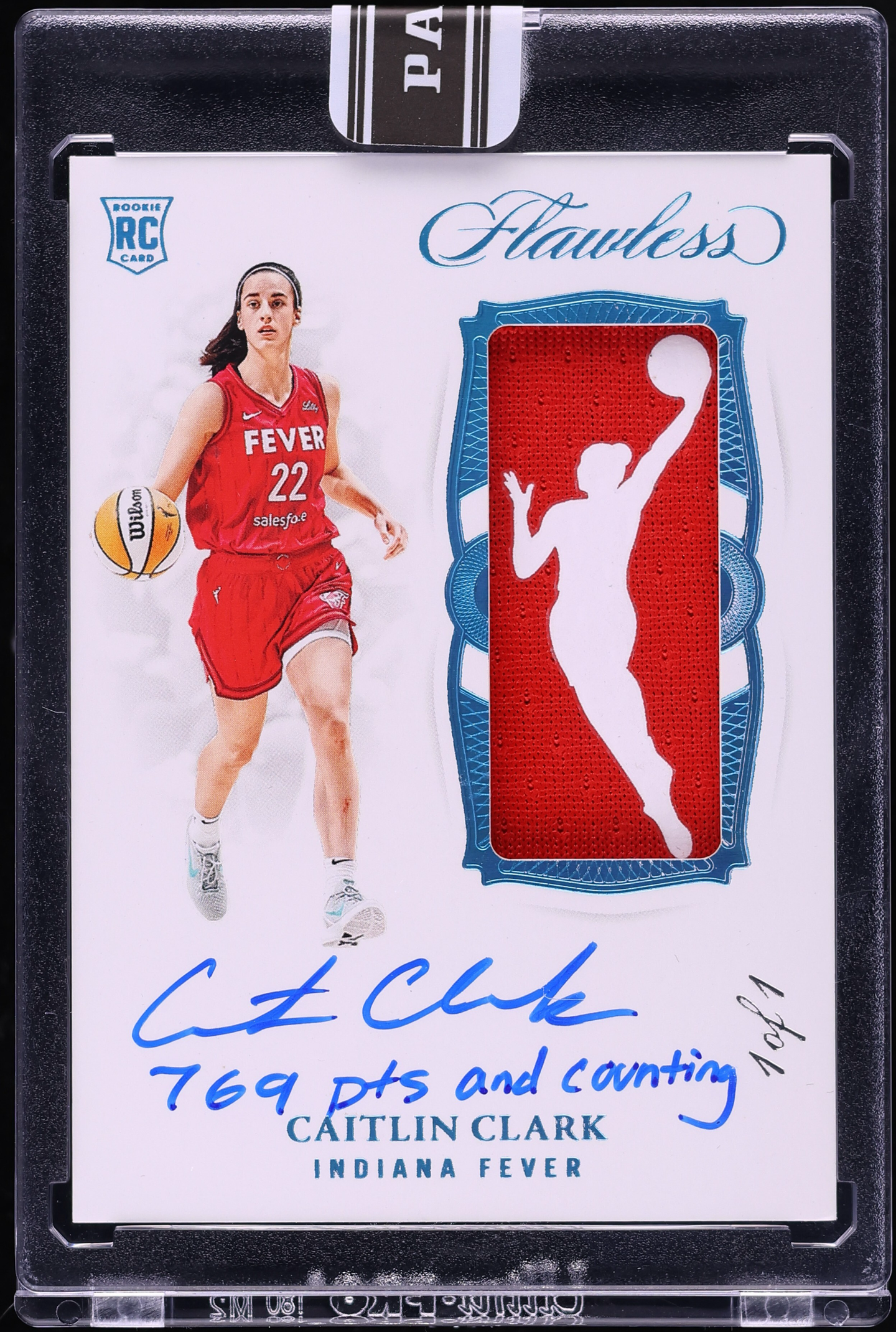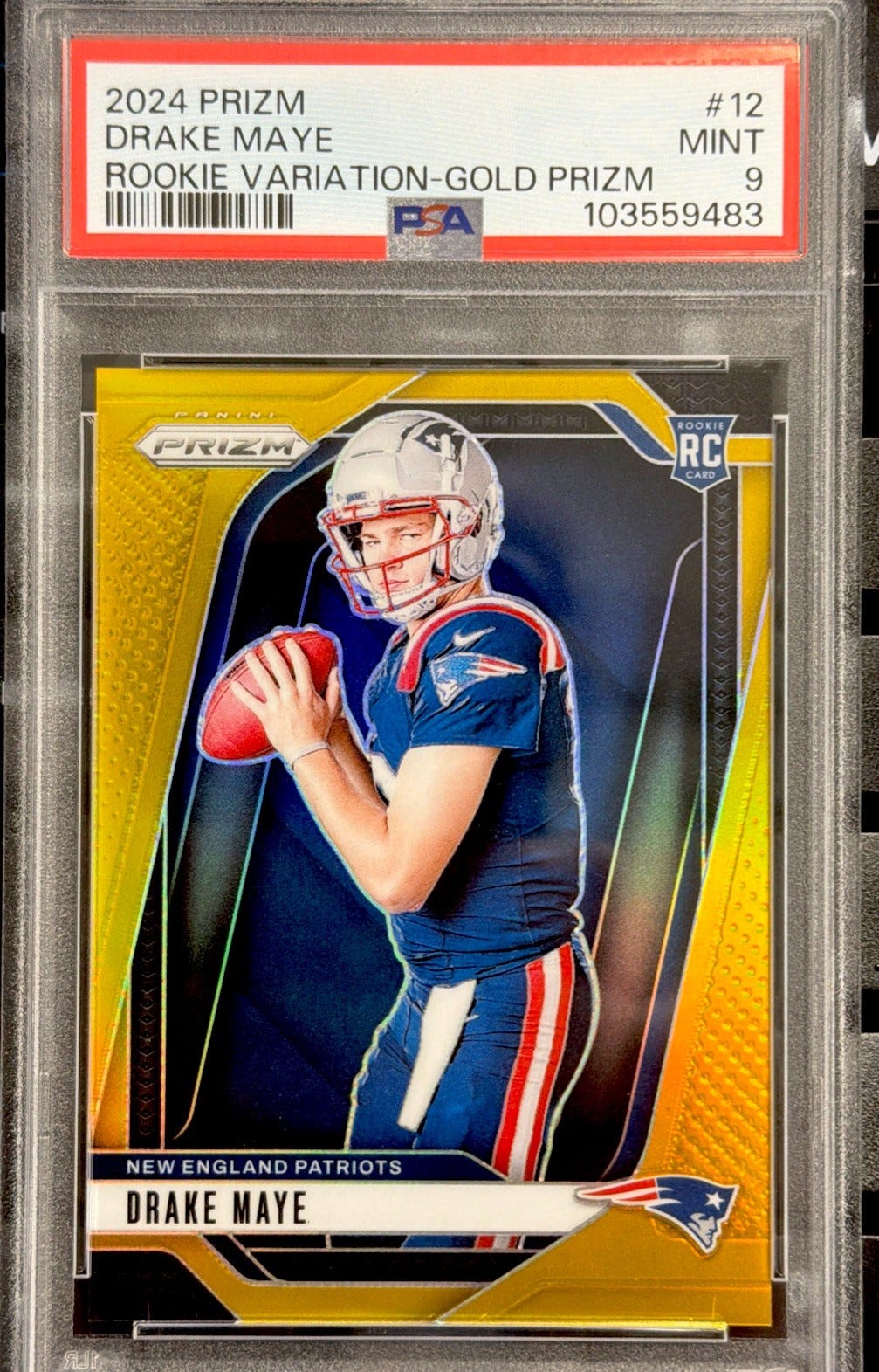Tobacco Cards
Pristine tobacco and gum cards stolen
It’s what every collector fears the most, I suppose, aside from fires, floods and other natural disasters. A longtime hobbyist and show promoter in Central New York had much of his high-grade vintage card collection stolen over Easter weekend after thieve(s) put a ladder up to a second-story window and eventually carted off a lifetime’s accumulation of tobacco and gum cards to die for.
Which would be a suitable fate for the cretins who perpetrated this. Don Flewelling is a well-known figure in Central New York, an antique dealer and one of the co-promoters of the long-running card show in Cooperstown that is held in conjunction with the Hall of Fame induction activities.
His collection included the following, a partial listing which I took directly from a www.Net54Baseball.com forum posting by another legendary hobby figure and a friend of Flewelling’s, Ted Zanidakis.
l 100-plus Old Judges; a 521-card T206 set, including Plank (70 cards are graded) in Ex (or better) condition; T201, T202, T205 and T207 sets; and 1920s Strip (W-type) cards, virtually all of which are in the small-size top-loader plastic holders.
That kind of lineup would be distinctive enough and hopefully easily spotted if somebody tried to fence the cards, but the sad tale gets even worse. There were also Near-Mint 1933-36 Goudey sets, a similarly spectacular run of 1951-70s Topps sets, including a Near-Mint, near-complete 1952 Topps Master set (the Mantle has a minute pinhole toward the top of the card). Add in most of the HOFers and rookie cards from that same time span, along with all of the Mickey Mantle cards from 1951-69, and you’ve at least got a glimpse of the scope of this travesty.
More importantly, we pass along all this in an attempt to get it disseminated as widely as possible in hopes the thieves might be apprehended in trying to move this vast collection.
I gotta tell you, I would be nearly as appalled by all this if the collection were only valued at $10,000 or $20,000, rather than the hundreds of thousands of dollars that his kind of lineup entails. It’s a visceral reaction of disgust that something so treasured by an individual for more than a half-century could be so crudely snatched away. It, of course, adds yet another dimension for the popular 70-year-old Flewelling that the collection had been earmarked as something to pass along to his children and grandchildren.
That’s a nice touch, eh. A couple of knuckleheads can imperil the college education of somebody’s beloved grandchildren simply by propping a ladder up against a second-story window. I could puke.
“I’m still in shock,” Flewelling told me in a phone interview earlier this week. He and his family have seemingly done a pretty good job of trying to get the word out within the hobby by contacting popular websites and forums, along with the major card-grading services, but ultimately it will still take a lot of luck for this to have a happy ending.
We live in an age when the undeserving on Wall Street suck billions of dollars out of a reeling economy without actually producing anything except heartache for the hoi polloi on Main Street, and what they are doing is ostensibly legal.
Just as those clowns don’t end up with anything close to what they actually deserve, neither do the more visible and less-subtle bandits like these card thieves.
Too bad the latter couldn’t somehow confine themselves to violating their fellow Wall Street bandits and no one else.
Now that would be a modicum of justice.
* * * * *
Upper Deck kind of informally announced the other day that it “was unable to renew its football card license with NFL Properties for the 2010 NFL season.”
Clearly, I am now wading into areas where I don’t typically spend a lot of time, but I’ll risk getting struck by lightning in suggesting that I think Topps will make a return to the football card market.
I know, I know, this doesn’t exactly qualify as radical theory: it seems far more akin to common sense, which, ironically I guess, isn’t really all that common.
But there it is anyway. Topps is presumably in a position to transition back into the football card arena without hardly missing a beat and could, I suppose, come up with a 2010 issue even within the calendar year. Maybe they couldn’t get it out quite as early as they might have in the past – August or so – but you can’t help but think they could come pretty close.
I understand that there are plenty of unofficial disclaimers about such a return, with a lot of conventional wisdom noting Topps’ legendary hubris in dealing with players associations, but I still think there are enough countervailing pressures to offset that.
This is obviously a period when the various marketing entities of the professional leagues and their players associations are maneuvering with card manufacturers to determine what kind of brave, new world they want to create for the distribution of modern sports cards, but I think that even within that potentially tumultuous situation, there’s likely room for cooler heads to prevail.
Topps has a history of producing football cards that dates back more than 50 years. To toss away all that product equity and, dare we use the term in its non-proprietary sense, heritage, would be nutty.
A little over 40 years ago when Baseball Hall of Famer Marvin Miller (kind of an arbitrary, unofficial designation on my part) first started wrasslin’ with the Topps hierarchy about group licensing, Topps President Joel Shorin was reportedly a little dismissive of the newly minted executive director of the baseball players union.
“Frankly, I don’t see your muscle,” he told Miller. History has shown that Marvin started flexing his metaphorical biceps to great effect – almost immediately.
There has been a lot of back and forth in those relationships in 40-plus years, along with the arrival of many other companies to join in the elaborate kabuki dance between licensor and licensee, and this latest saga with Topps seems to be part of that.
But even grand, overheated, ritualistic theatre has to end at some point.
I think that point is near.
* * * * *
My old pal, Bob Lemke, no doubt got a chuckle out of the auction results of the Collect.com Auction two weeks ago. Lemke, who retired from our company about five years ago after nearly 30 years of extraordinary service, had bought an uncut sheet of a pretty famous 1977 Topps proof sheet. It’s the sheet that includes – among a number of others – the famed 1977 Topps proof card showing Reggie Jackson in a Baltimore Orioles uniform and helmet, while the team designation at the top says “Yankees.”
Paying about $3,500, Lemke bought the sheet in the early 1990s from a Rob Lifson auction. Lemke at the time was the publisher of our sports division, which was rolling along in high gear as the hobby was perhaps just a hair past its phenomenal peak. Bob bought the sheet as a promotional vehicle for the company, thinking we would bring it to shows and other events to attract visitors to our table.
That was, in fact, done for a couple of shows, but ultimately the sheet ended up back here in Iola, nicely matted and framed and typically installed in the sports publisher’s office.
While the catalog description suggested there may be only handful of such sheets in existence, Lemke says he’s never seen or heard of another one. It’s likely that the heavy hitters who have the financial resources to wrassle for such rarities might have harbored a similar view: it ended up selling for a whopping $17,550, with the juice.
Just what the guy who shepherds the fortunes of the Standard Catalog of Baseball Cards needs: more evidence that he’s a genius. Best investment I ever engineered was a U.S. Savings Bond that I bought for a couple who had adopted a baby.
T.S. O’Connell is the editor of Sports Collectors Digest. Reach him by e-mail at: thomas.oconnell@fwmedia.com; or (715) 445-2214, ext. 13243.








